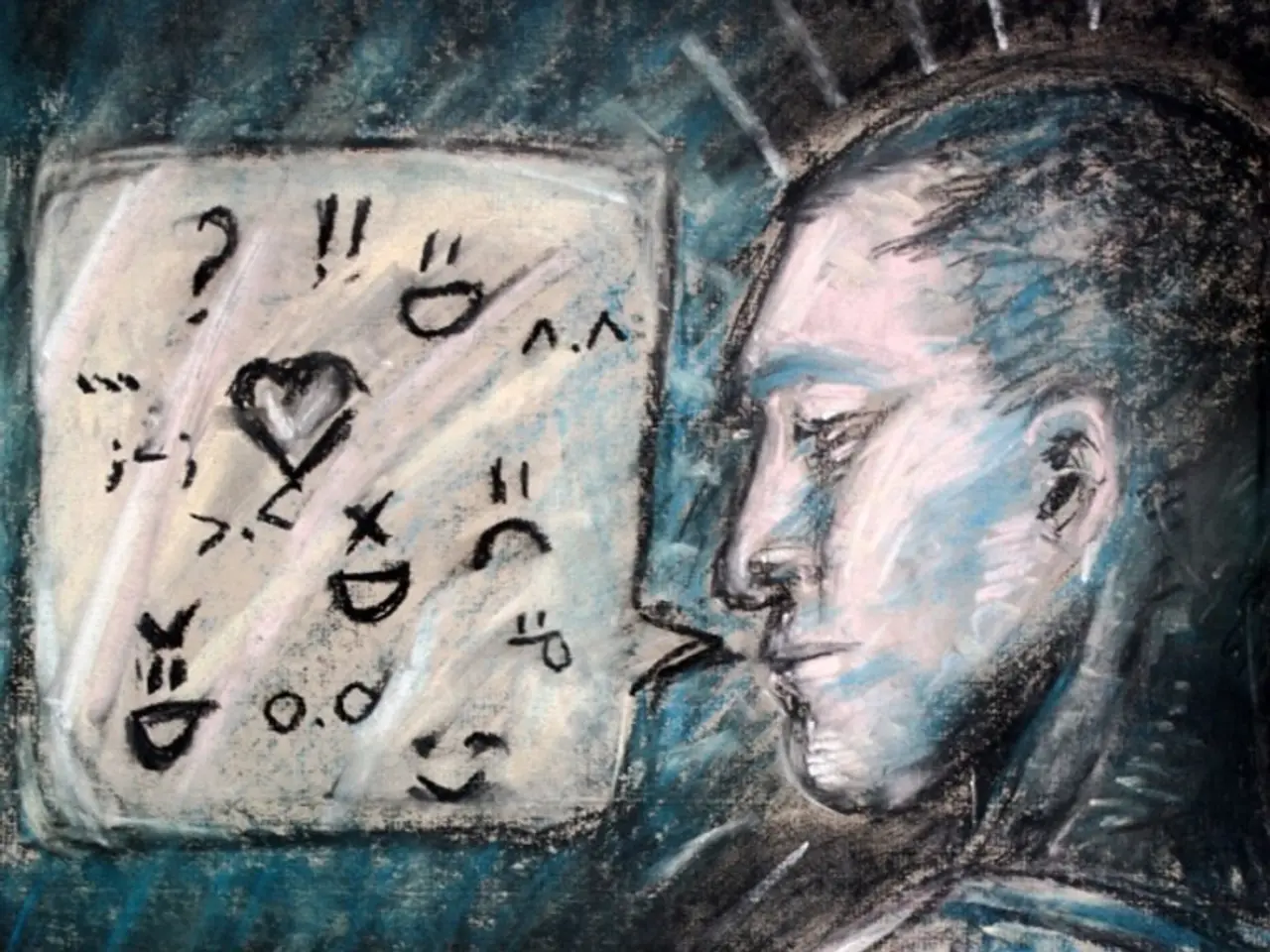Struggling with job security due to AI? McDonald's narrative could alleviate your anxiety
In 1999, McDonald's made a pioneering move by introducing electronic order-taking kiosks in its branches. Contrary to initial expectations, this move led to unexpected outcomes that reshaped the fast food industry and beyond.
The kiosks, designed to replace some human equivalents, brought about significant shifts in workforce dynamics. Employees moved from order-taking roles to more kitchen and customer service support tasks. This transformation aimed to increase efficiency in order processing and potentially higher accuracy, though there were some resistance or adjustment challenges from customers and staff adapting to the new technology interfaces.
One of the most notable outcomes was the creation of the "guest experience lead" role. As customers still needed help navigating digital ordering processes, McDonald's franchisees recognised the need for a dedicated role to ensure a smooth customer experience.
Another unexpected result was the increase in food sales. The kiosks, by serving customers more quickly, attracted those who would have avoided long queues. Moreover, the kiosks were effective at suggesting upsells, leading to a significant increase in food sales.
Contrary to fears of job losses, the kiosks led to the creation of more jobs, not less. Although fewer humans were needed for order-taking, more humans were required for cooking and serving food. The presence of many employees in McDonald's branches indicates that even a process like ordering a Big Mac may not be fully automatable.
The increased complexity of restaurant operations is due to the kiosks requiring kitchen staff to handle traditional orders, mobile app requests, delivery services, and kiosk transactions simultaneously.
McDonald's chose to use kiosks to enhance the customer experience and sell more food, rather than just to cut costs. This strategic decision set a precedent for other businesses to consider technology as a means to improve service, not just reduce expenses.
In the creative industry, the complexity and nuance ensure their safety from complete automation. Design agencies that use AI to handle routine tasks can empower designers to focus on strategy, user research, and creative problem-solving. The cultural sensitivity and strategic complexity of creative careers make them less likely to be fully automated, even after a quarter-century of technological advancements.
References: [1] [Article 1] [2] [Article 2] [3] [Article 3] [4] [Article 4] [5] [Article 5]
- The color and layout of the kiosk interfaces were thoughtfully designed to make them user-friendly and appealing.
- The kiosks transformed McDonald's workplaces, fostering a new focus on workplace-wellness and health-and-wellness, with ergonomic stands installed for kiosk operators.
- As the kiosk usage expanded, the need for skilled graphic designers became apparent in creating engaging designs for the digital menus, logos, and animations.
- The revenue generated from increased food sales fueled growth in the finance sector, enabling McDondald's to invest in various business careers and innovation.
- The success of the kiosks led to a surge in interest in the UX field, inspiring many to pursue careers in UI design and technology.
- In the science community, researchers began studying the impact of kiosks on customer satisfaction and behavior, opening new avenues for business analysis and strategy.
- As the fast food industry evolved, other restaurants followed suit, adopting technology to streamline their own operations and enhance the customer experience.
- The overall shift in the fast food landscape, driven by technology, has created interesting opportunities for creative professionals and the businesses they work for.




